Raccolta casi Working Model, visualNastran & SimWise - Vehicle - pedestrian crash test
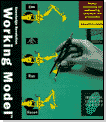
Contatto Editoriale:
Paolo Lista,
Lista Studio srl®
Borgo Belvigo 33, 36016 Thiene Vi ITALY
tel/fax 0445,372479 o info@lista.it
HEAD, CHEST AND FEMUR INJURY IN TEENAGE PEDESTRIAN-SUV CRASH:
MASS INFLUENCE ON THE SPEED
Prof. Gabriele Virzě Mariotti and Salvatore Golfo (University of Palermo, Italy), prog. Vincenzo Naso and Filippo Carollo (University of Rome La Sapienza) have published in the made several simulations of vehicle – pedestrian crash tests, executed by SimWise 4D, alias visualNastran 4D software.
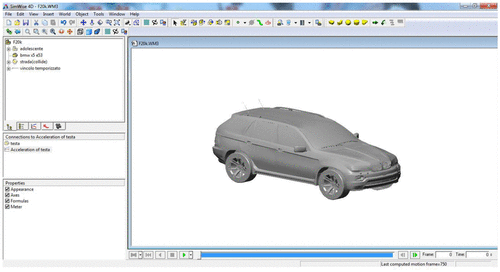
Fig. 1 - Set up of the environment in SimWise4D
The following is the abstract from an article first published on February 5, 2018 in The Proceedings of The Institution of Mechanica Engineeers, Part D, Journal od Automobile Engineering.
Please refer to the Proceedings for the full article.

Fig. 2 - On the left, frontal impact, contact points vehicle-head, from 20 to 50 km/h.
On the right, side impact, contact points vehicle-head, from 20 to 50 km/h.
In red, the impact points for the frontal impact with vehicle at constant speed.
In green, the impact points for the frontal impact with vehicle in braking.
In blu, the impact points for the side impact with vehicle in braking.
In violet, the impact points for the side impact with vehicle at constrant speed.
The vehicle marking of the areas Wrap Around Distance (WAD) is done following the EURONCAP rules.
Abstract
This work studies the teenage pedestrian–sport utility vehicle (SUV) crash; injury to the vital parts of the body, such as the head and chest, and to the femur is evaluated.
More advanced injury criteria are applied, as provided in the rules.
The multibody technique is applied by making use of SimWise software and of the teenager anthropomorphic model, the use of which is now consolidated.
Head injury criterion (HIC) is used for the head, thoracic trauma index (TTI) cri- terion for the thorax in the case of side impact and 3 ms criterion in the case of frontal impact, while the force criterion is used for the femur.
Both the TTI and femur load evaluation require non-substantial modifications of the dummy, by insertion of sensors for the measurement of the acceleration of the 4th rib and the 12th vertebra and two very thin plates at the knees for the correct individuation of the contact point with the vehicle bumper.
Particular attention is paid to the front shape of the vehicle, concluding that the SUV examined in this paper is less dangerous than the sedan stud- ied in a previous work, since its frontal dimensions (bonnet angle, bumper height and bonnet height) are more advanta- geous.
However the teenage pedestrian in a lateral position is less prone to injuries in the head and chest, with respect to the frontal position; the pedestrian’s position has little influence on femur damage.
Furthermore, the braking of the vehicle reduces the possibility of crash fatality.
In conclusion, a theoretical approach is shown, to highlight the influence of the vehicle mass on the pedestrian speed after the impact.
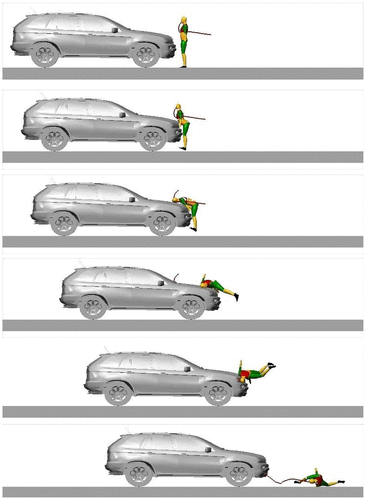
Fig. 3 - Frontal impact at 20 km/h with vehicle braking.
Sequence solved with SimWise 4D.
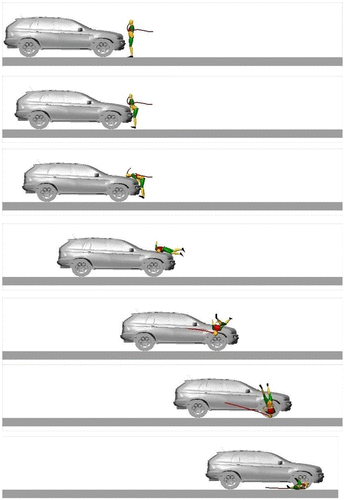
Fig. 4 - Frontal impact at constant speed of 20 km/h.
Sequence solved with SimWise 4D.
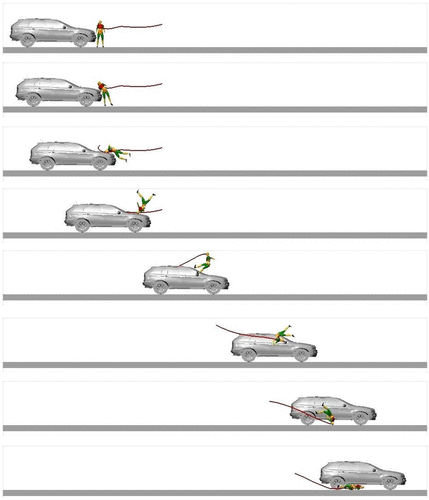
Fig. 5 - Lateral impact at constant speed of 50 km/h.
Sequence solved with SimWise 4D.

Fig. 6 - Lateral impact at 50 km/h with vehicle braking.
Sequence solved with SimWise 4D.
OTHER 83 DIFFERENT APPLICATIONS !
ALTRI 83 CASI IN SETTORI DIVERSI !
